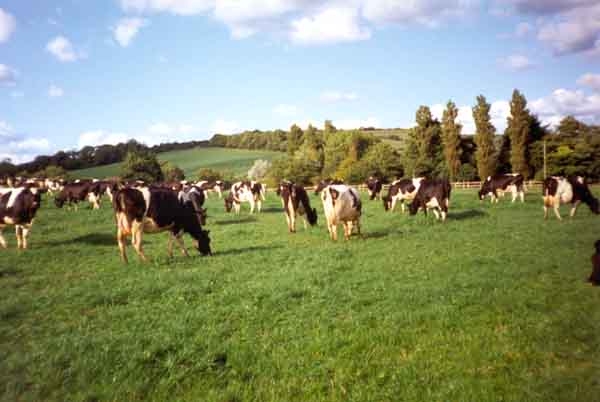
Mild conditions continue in most areas of NZ, as do poor pasture growth rates in North Canterbury, where little rain was received from the last cold snap.
Some pasture recovery is evident in areas further south previously affected by the dry, but cow winter feed volumes are well behind the norm and feed planning for this period should have been done by now.
Most other areas of NZ are enjoying good autumn growth and many are drying off or culling poor producing cows at good prices, as they prepare for winter.
The dairy auction disappointed again, dropping by 3.6%, which will put further pressure on farmer cash flows from winter on, and many analysts are now suggesting next years payout could begin with a 5.
A senior Lincoln University lecturer is urging farmers to look at building their farming systems around the $5/kgms level, and return to a grass driven system, as this will be the only way to compete globally with higher cost European and US grain fed production.
Dairy NZ estimates breakeven for the average dairy farm will need an income of $5.40/kg ms, so therefore this year many will have cashflows in the red, and next years forecast and an understanding bank will be dependant just how long they stay there.
Australian dairy farmers are reportedly doing better than their NZ counterparts, with more product consumed domestically, and greater processing competition, the reasons given for the present advantage.
Fonterra shares have fallen further to now sit at $5.20, a graphic reflection of the severity of the downturn, but positive environmental news, with scientists trialing a low cost absorption filter that could prove useful in the removal of nitrates and phosphorus out of tile drains.
Fonterra is also looking at developing an equity scheme with at risk farmers, using their considerable clout to source funds at more favourable rates than the banks, and ensure they hold onto as many shareholders as possible.




We welcome your comments below. If you are not already registered, please register to comment.
Remember we welcome robust, respectful and insightful debate. We don't welcome abusive or defamatory comments and will de-register those repeatedly making such comments. Our current comment policy is here.